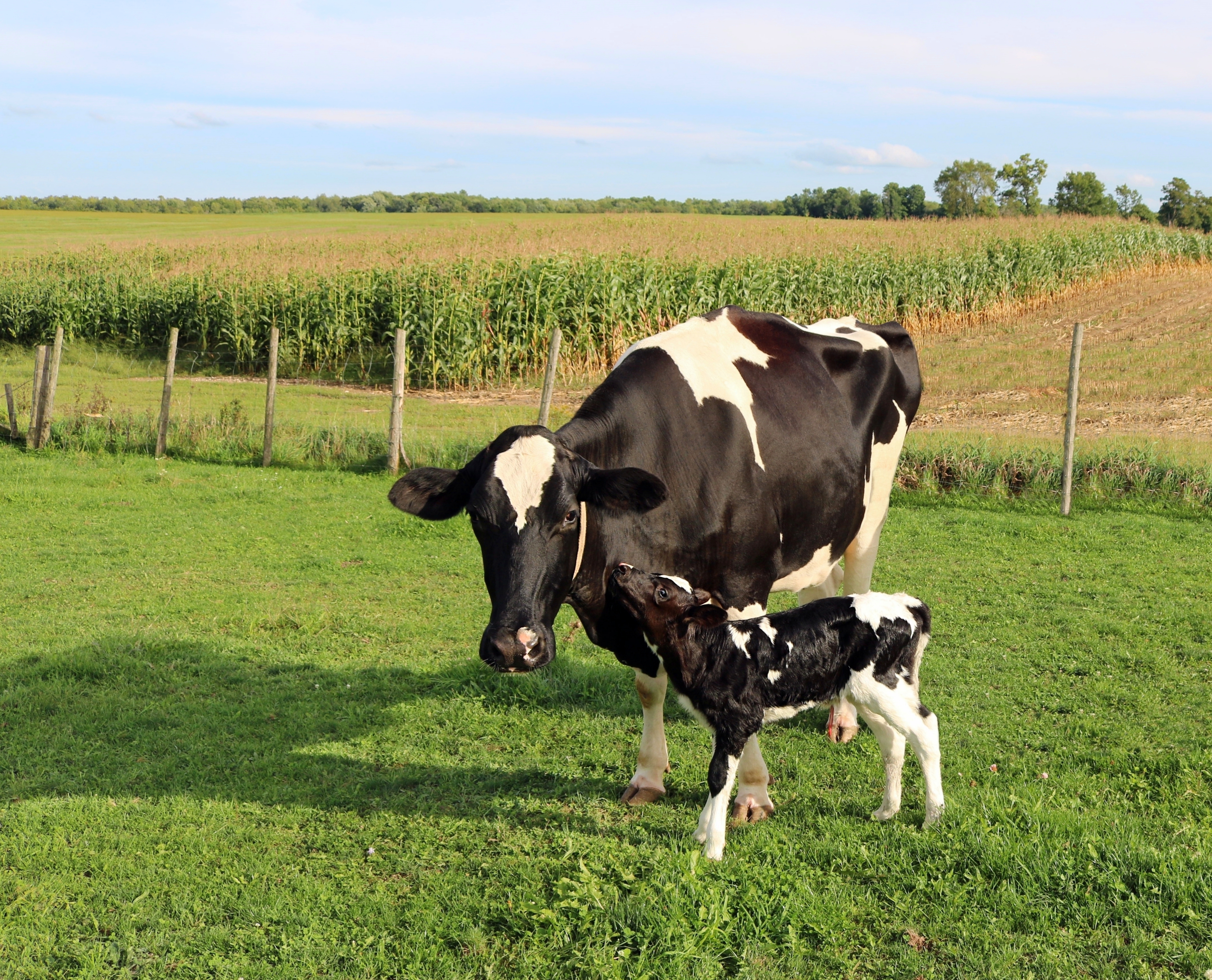Researchers from UConn Heath and Yale University have made new advances connecting the evolution of pregnancy and cancer metastasis.
Publishing in the Proceedings of the National Academy of Sciences, Yasir Suhail, a postdoctoral researcher working alongside Kshitiz, assistant professor in the Department of Biomedical Engineering, uncovered regulatory sequences in the genomes of mammals including cows, pigs, horses, and humans that explain how endometrium is invaded by the placenta, and how normal tissue is invaded by cancer.
Suhail and Kshitiz were joined in their efforts by Gunter Wagner, professor in evolutionary biology and ecology at Yale University.
In many mammals including humans, the placenta invades the wall of the uterus during pregnancy in the same way that cancer cells invade surrounding tissues.
“When you look at a picture of placentation, it looks eerily similar to cancer in any other part of the body”, says Kshitiz, “Even the molecular mechanisms are quite similar. This is quite a contrast from cows and horses, where the placenta does not invade into the mother. In these mammals, cancer cells also do not invade into their surroundings as they do in humans.”
Kshitiz, along with Gunter Wagner and Andre Levchenko at Yale first drew the comparison between cancer metastasizing in cows and humans in a seminal finding in Nature Ecology & Evolution. Looking at cells from the endometrium of various species, Kshitiz found that in order to resist invasion of the placenta, certain species have evolved over time to make their stromal cells—the connective tissue cells in an organ—highly resistant to any invasion.
The latest research is a deeper dive into the comparative genetics between mammals, which shows how changes in genetic regulation informs this resistance in cows and horses and makes humans vulnerable to cancer malignancy. With comparative data generated by Wagner and Jamie Maziarz at Yale, Suhail developed a model to identify how the binding of transcription factors—the proteins that regulate the expression of genes—explain changes in resistance to invasion across different species of mammals.
“Our new framework identifies key transcription factors and examines how their targets differ from cows, pigs, and horses to humans,” says Suhail. “What we learned from other species has direct applications in advancing our understanding of human cancer.”
Suhail used the genomic sequences and gene expression information to predict specific signaling proteins that drive the expression of genes that decrease the susceptibility of invasion in human cells. Using a custom fabricated bio chip, the researchers were able to confirm that these predicted proteins did in fact decrease the invasion of both cancer and placental cells. Evolutionary predictions across species are difficult to test experimentally, so confirmation of the theory experimentally is very satisfying to the researchers.
“We all think about human cancers are an outcome of cancer cells themselves. But what we’ve proposed is that mammals have very different mechanisms to resist cancer spread, and that these mechanisms have actually been derived to resist fetal invasion into the mother,” Kshitiz says. “To be vulnerable to malignancy may partly be an evolutionary compromise to allow an invasive pregnancy”.
While other researchers are targeting cancer and immune cells, Kshitiz’s lab focuses on how healthy cells limit cancer growth around them. This approach can help us rethink the way we approach cancer therapies.
“This study identifies specific genetic regulatory mechanisms which explain these differences, and point us towards many directions to rethink about anti-cancer therapy, from those that kill cancer to creating new therapies which “contain” cancer within its boundaries.”
The paper was authored by Yasir Suhail (UConn), Jamie D. Maziarz (Yale University), Ashkan Novin (UConn), Anasuya Dighe (Yale University), Junaid Afzal (University of California, San Francisco), Gunter Wagner (Yale University), and Kshitiz (UConn).
This study was supported by NCI Grant R37CA248161-01 and NCI Center for Systems Biology at Yale Grant U54CA209992.



